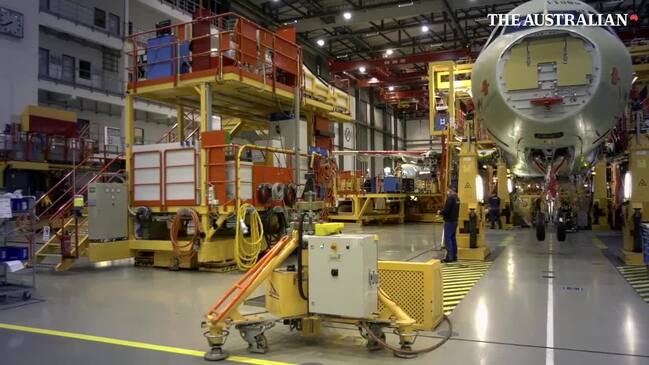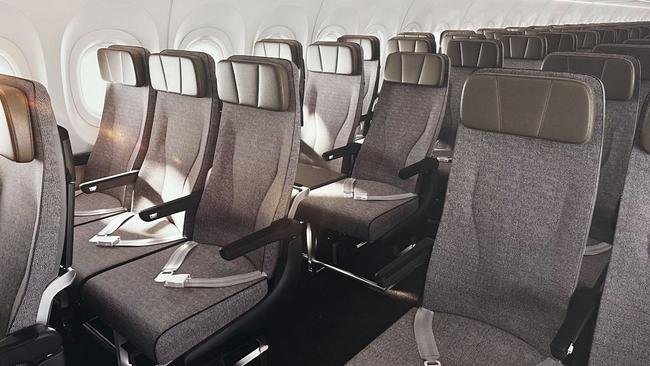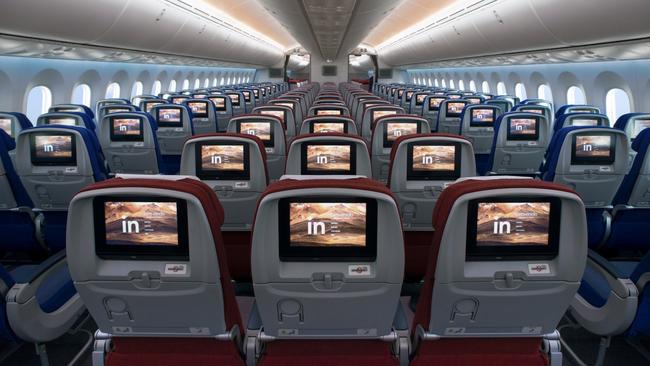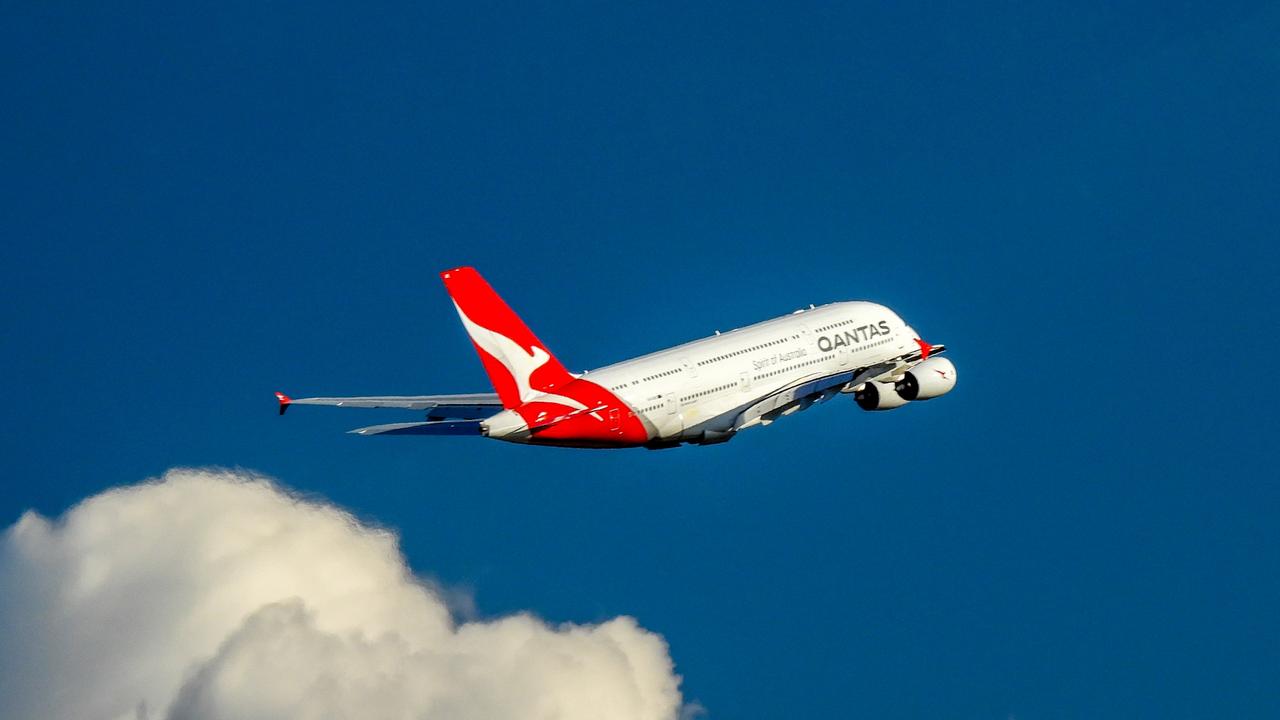Airlines embrace longer range narrow-body aircraft to cut costs, add more routes
Flying long haul in economy can be a trial at the best of times, but more airlines now want passengers to do it in single-aisle aircraft due to the lower costs involved.

Business
Don't miss out on the headlines from Business. Followed categories will be added to My News.
Given a choice between flying for more than eight hours on a single aisle aircraft or a twin aisle, most passengers would choose the latter — for comfort, for more overhead locker space, ease of boarding and deboarding, and greater access to toilets.
A case in point is Virgin Australia’s short-lived Cairns-Tokyo flights in narrow-body Boeing 737-8s, which competed against Jetstar’s widebody 787-8s for under two years.
Despite the soaring popularity of a Japanese holiday, Virgin Australia struggled to fill more than 60 per cent of the 176 seats on most services, and withdrew from the route in February.
Jetstar continues to fly between Cairns and Tokyo, all but filling its 335-seat 787s.
Yet there is no shortage of airlines adding new longer range narrow-bodies to their fleet with the intention of operating them on routes of eight or more hours.
OAG data shows single aisle jets now comprise 75.5 per cent of the global passenger fleet, compared to 69.2 per cent ten years ago.
In the same period, the percentage of widebody jets in service slipped from 17.2 per cent to 15.3 per cent.
Airbus’ A321XLRs are already being used by a handful of carriers including Iberia Air, SAS and Aer Lingus on trans-Atlantic routes such as Madrid-Washington, Copenhagen-Toronto and Dublin-Nashville, between 7.5 and 9 hours duration.
Qantas has similar plans for its A321XLRs, highlighting the potential for routes such as Sydney-Phuket and Sydney-Hong Kong; Melbourne-Phnom Phen and Melbourne-Manila and Perth to Dhaka or Hanoi.
It is expected Qantas will install lie-flat beds in business class for such routes using the single-aisle aircraft, and the airline has committed to adding a third toilet in economy class, for the benefit of the 180 passengers in that cabin.

The appeal for airlines is the greater fuel efficiency and lower cost of the narrow-bodies, which also give carriers more flexibility to fly between destinations that may not sustain widebody capacity.
International Air Transport Association director-general Willie Walsh said the cheaper operating cost of the single aisles also tended to mean lower fares for passengers.
“Price remains a critical factor for all customers and the price dynamics on the single-aisle long haul aircraft are very, very attractive,” said Mr Walsh on the sidelines of the IATA forum in Delhi this month.
“So I think it’s going to be an exciting opportunity in terms of opening up new markets and providing direct services that otherwise customers would have to reach via an intermediate point.”
Less convinced was Emirates president Tim Clark, who questioned whether narrow-bodies could even fly the distances they were supposed to, particularly when weather conditions were unfavourable.
“I’m not sure what the XLR is like on the North Atlantic, can she actually do it with a full payload in the winds on the nose?” said Sir Tim.
“A lot of carriers are trying to convince themselves that ‘this is the way I can get into the long haul market without having to buy a widebody which is a lot more expensive and a lot more painful to operate, so I will have that to offer’.”

The world’s biggest fan of the A380, with 116 of the superjumbos, also suggested narrow-bodies would not help overcome airport capacity constraints, pointing out more flights by smaller aircraft did not match up well with dwindling slots.
“Is it really going to meet the (long-haul) demand that’s coming out of our ears? I don't think so, sorry,” said Sir Tim.
Not that his views are likely to concern Boeing or Airbus, with order books of more than 4700 B737 Max and over 5000 A321neos.
Mr Walsh said if the on-board product was good, the potential was considerable.
“I know from talking to my former colleagues at Aer Lingus who have been using the single aisle aircraft on the trans-Atlantic for several years, customer response is very positive,” he said.
“They like the flexibility that these aircraft give them in terms of destinations they serve, so I don’t see any negatives. Actually, feedback has been much more positive than I had expected it to be.”
The writer was a guest of IATA in Delhi.
More Coverage
Originally published as Airlines embrace longer range narrow-body aircraft to cut costs, add more routes





